Current Measurements Guide - How is Current Measured? - Advantages of the PSA Series
When a current flows through a resistor, a voltage is generated at both ends of the resistor according to Ohm's law.
The voltage applied to both ends of the resistor is measured and converted to a current value. The resistor used for current measurement is called a shunt resistor.
|
 |
|
||||||||||||||||||||||||||||||||
The measurement method differs depending on the location of the current measurement device.
| Low-side measurement | High-side measurement |
| Install a current meter between the circuit to be measured and GND (0V). | Install a current meter between the power supply and the circuit to be measured. |
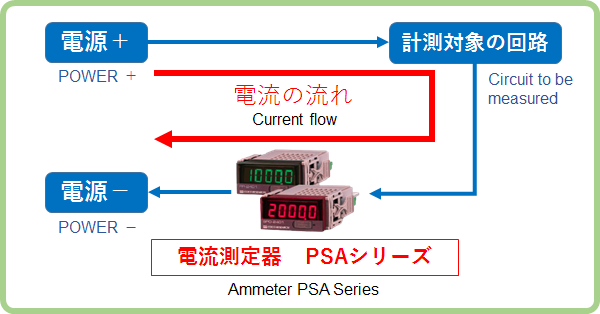 |
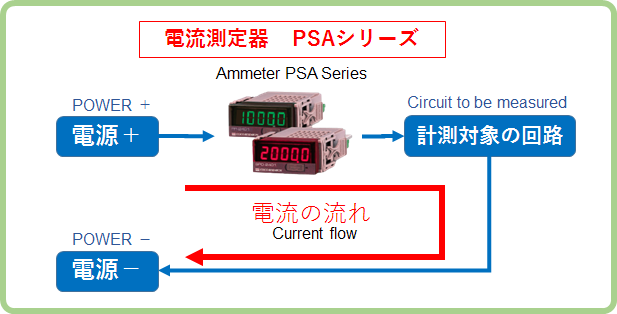 |
|
- Since the current measurement device is located between the GND and the circuit to be measured, the circuit floats away from the GND. |
- Although the reference of the circuit to be measured can be set to GND, the measuring instrument floats above the GND and is easily affected by noise. |
The PSA series supports both high-side and low-side measurements.
When current flows through a resistor (shunt resistor) used for current measurement, the resistor itself consumes power.
Low drive voltage products such as smartphones and wearable devices (3.3V / 1.2V, etc.) and high current measurement with high accuracy require support for low resistance and high current.
Example 1: Supply voltage of 3.3V, current of 1A, and shunt resistance of 1Ω
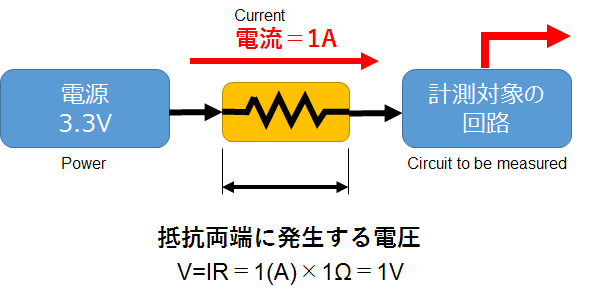 |
Supply voltage to the circuit to be measured The voltage supplied to the circuit is 2.3V, this makes it difficult to know if the circuit will operate properly. |
Another important parameter in current measurement is power loss.
Similar to the previous example, let us calculate the power loss for a current of 1A at a power supply of 3.3V and a shunt resistance value of 1Ω.
Power (W) = I (current) x I (current) x R (resistance)
Example 2: Supply voltage of 3.3V, current of 1A, and shunt resistance of 1Ω
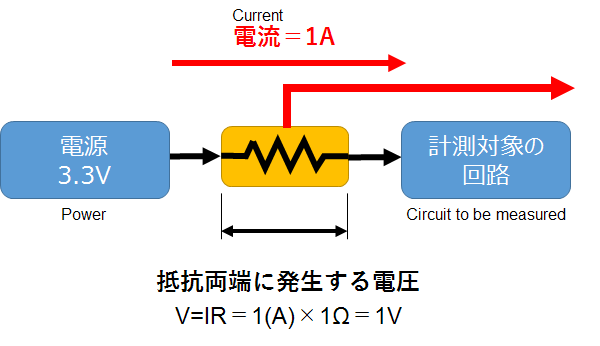 |
Power dissipation of shunt resistor (W) Power loss = heat generation. |
COCORESEARCH's PSA series uses smaller input shunt resistors than other companies' products to minimize voltage and power losses.
The input and output resolution is as high as 16 bits.
- Comparison with ±2A measuring range products
| Company name |
Type |
Measurement range |
Shunt Resistance |
Input overload |
| COCORESEARCH |
PSA-2401U2D3 |
±2.0000A |
Approx. 40mΩ |
±3A |
| Reference value for other companies | ------ |
±1999.9mA |
Approx. 100mΩ |
±3A |
 |
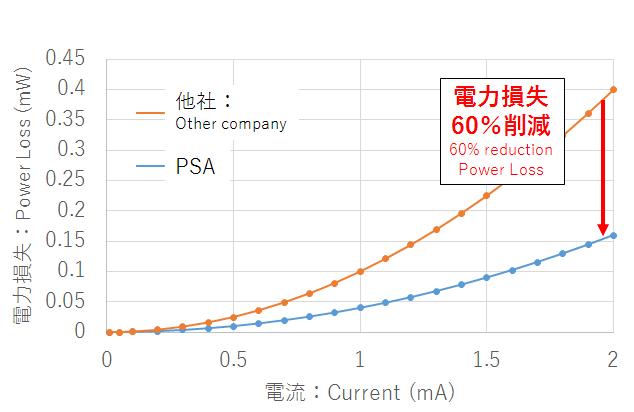 |
- Comparison with ±20mA measurement range products
| Company name |
Type |
Measurement range |
Shunt Resistance |
Input overload |
| COCORESEARCH | PSA-2401U2D1 |
±20.000mA |
Approx. 1Ω |
±3A |
| Reference value for other companies | ------ |
±20mA |
Approx. 10Ω |
±50mA |
 |
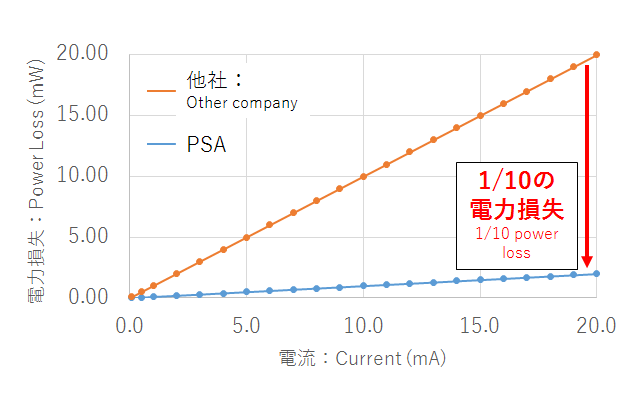 |
How finely a measurement value can be measured and output is an important parameter.
When measured analog signals are converted to digital data inside the instrument, the input resolution determines how finely the signals can be digitized.
The PSA series has a resolution of 16 bits for both input and output, enabling detailed measurement and output.
16bit means 16th power of 2. (2^16 = 65535 counts)
Ex: Comparison of input resolution fineness in ±2A range
|
 |
|||||||||||||||||
Ex: Output voltage fineness comparison with ±10V analog output
|
13bit = 8192 vs 16bit = 65536 |
Low shunt resistance
- Low shunt resistance and low loss, enabling measurement of a wide range of products from low to high voltages.
- Designed to minimize temperature error due to self-loss.
- Designed to withstand high load voltage and to resist breakdowns.
- Equipped with analog technology (noise reduction technology) accumulated in F/V converters.
Operation has been tested and verified by an automobile company.
High resolution of 16 bits
- High resolution of 16bit.
- Analog technology (noise elimination) accumulated in F/V converters is incorporated to enable detailed and accurate measurement.
→ Click here for a list of applications
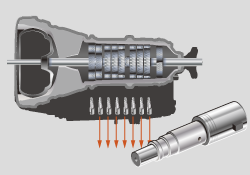 |
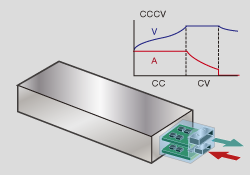 |
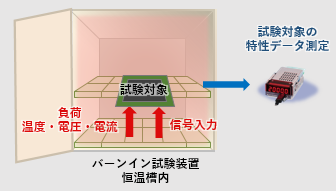 |
|
| Real-time measurement of PWM drive current of solenoid valves, etc. | Measurement and management of CCCV charging current of lithium-ion battery and charger | Incorporation into burn-in test equipment |
Common features of each product
- Suitable for real-time measurement and feedback control of PWM current of solenoid valves (proportional control valves)
- Shunt resistance of 40mΩ or less ensures low loss, making it ideal for charging current evaluation.
| Products | Points | Overviews | |
|---|---|---|---|
 |
PSA-2401 |
|
|
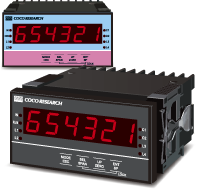 |
PSA-4801 |
|
|
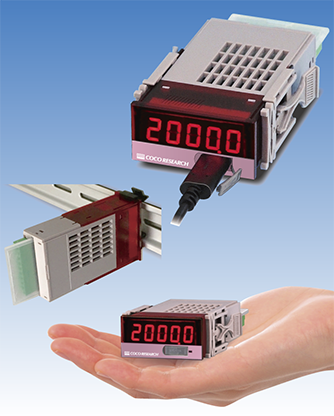 |
PSAL-2401 |
|
|
